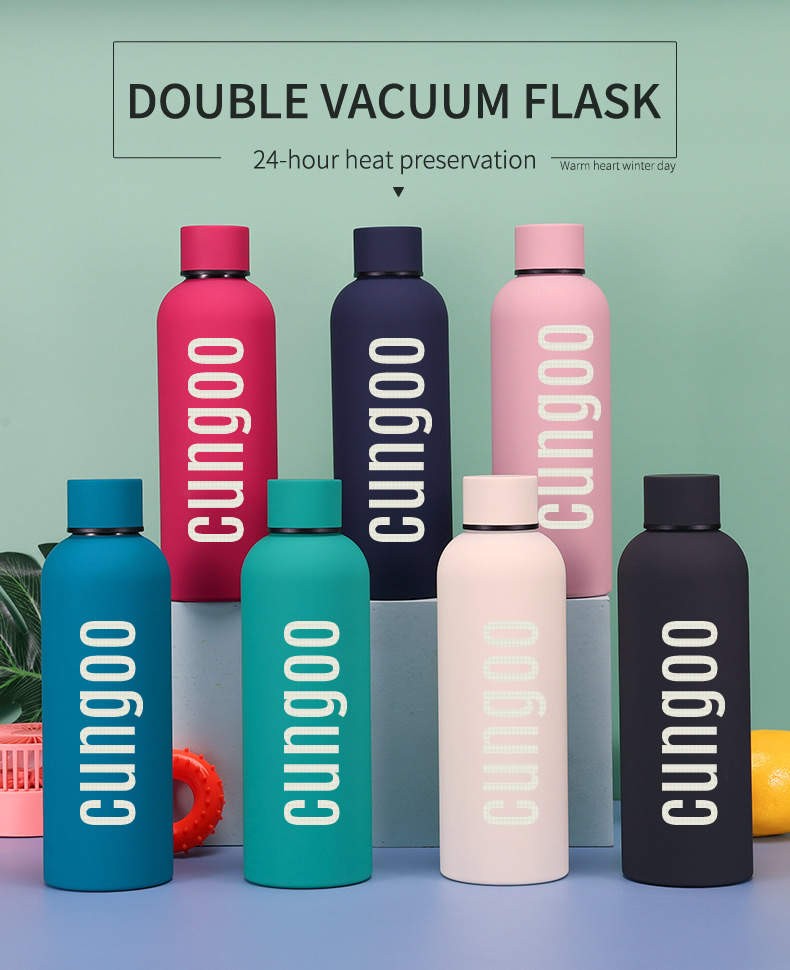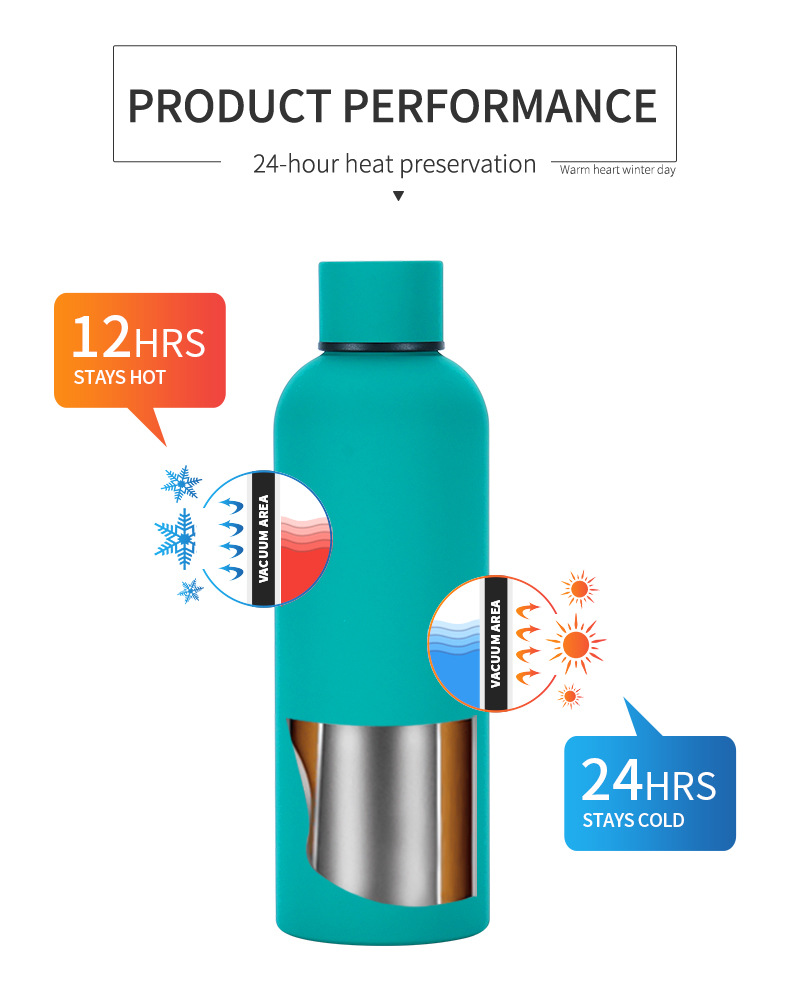The main difference between 304 and 316 stainless steel thermos lies in their composition and properties.
304 stainless steel thermos is a versatile and widely used grade of stainless steel. It contains a higher amount of chromium (18-20%) and nickel (8-10.5%) compared to other grades, making it resistant to corrosion and oxidation in various environments. This makes it suitable for everyday use and general applications.
On the other hand, 316 stainless steel thermos contains additional molybdenum (2-3%) along with higher chromium (16-18%) and nickel (10-14%) content. This extra molybdenum provides enhanced corrosion resistance, especially in chloride environments such as coastal areas or where the thermos may come into contact with salt water or harsh chemicals. As a result, 316 stainless steel thermos is often used in marine applications, chemical processing, and medical devices where superior corrosion resistance is required.
In summary, while both 304 and 316 stainless steel thermos are corrosion-resistant and durable, 316 stainless steel thermos offers superior resistance to corrosion in more demanding environments, making it suitable for specialized applications where prolonged exposure to corrosive elements is a concern.
What is the difference between 304 and 316 stainless steel thermos?












